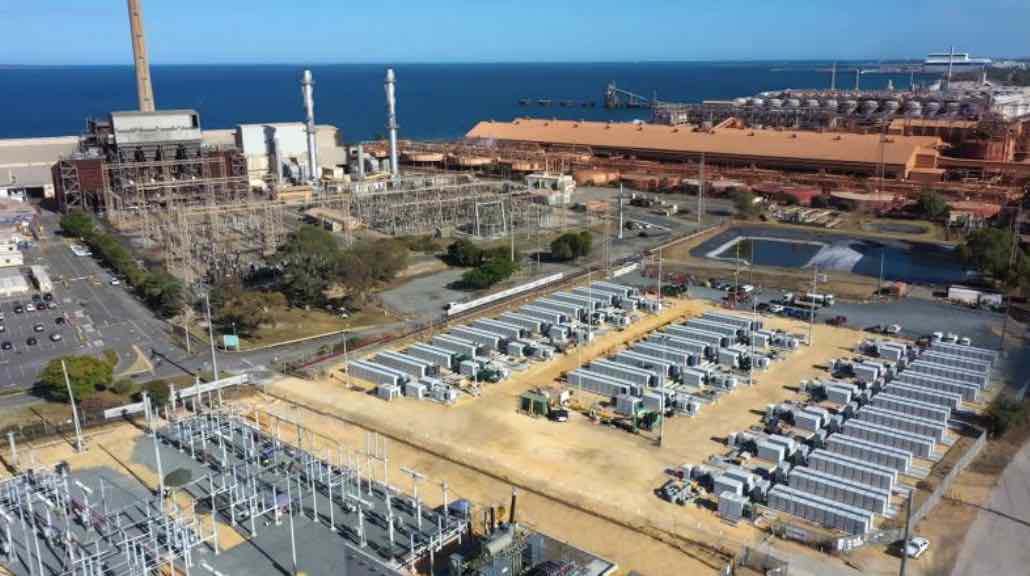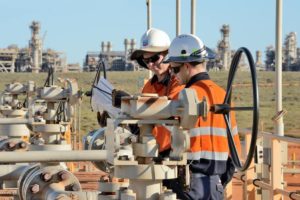The Australian Energy Market Operator suggests that more fossil gas will be needed for gas power in the W.A. grid in coming years to cover for the early closure of the remaining coal fired generators, but concedes its forecasts may deviate significantly due to the build out of renewables and storage.
The annual WA GSOO – the gas statement of opportunities – is the first to be published since the WA government released its landmark report earlier this year on the potential for renewables to reshape the state grid and its mining and manufacturing economy as big industry pushed for green energy.
That demand forecast suggested more than 50GW of wind and solar might be needed in coming decades to meet increased demand for EVs, the electrification of industry and the demand for zero-carbon electricity supplies.
The big question for market operators and forecasters is what role fossil gas plays in this transition. To broadly summarise AEMO’s update, it likely means more gas power is needed in the short term to fill the gap created by the accelerated exit of coal, but less in the long term as more renewables and batteries come into the grid.
As AEMO notes, the energy transition in WA and the role of fossil gas will be increasingly impacted by a broader range of variables, including demand growth, generation facility outages and fuel availability, and new buildout of renewables and storage capacity.
“It is therefore likely, in a given year, that gas consumption may deviate significantly from the modelled outcomes,” it says.
It takes a stab at the demand forecasts for gas power in the SWIS, and the large areas of the state covered by smaller grids or in standalone communities, but notes it is considerably changed from last year.
There is now an expectation that the Bluewaters coal fired generator could close as early as 2026, five years before official plans, because of its inability to find enough reasonably priced coal to generate power.
The state government plans to close the last of its coal fired generators by 2029, and has hit the accelerator button on new renewable projects, big battery storage, transmission lines and environmental planning approvals to ensure this can happen.
The big question is will this happen quickly enough. Another three big batteries have been contracted to start production by late 2025, where they will play a key role in soaking up excess solar in the middle of the day, and storing it for the evening peaks.
AEMO’s biggest challenge, acknowledged in the GSOO, is the pace of new generation, particularly wind power which is much needed to fill in the gaps at a night, and because rooftop solar can already meet much of daytime demand.
W.A. has only a few new generation projects planned, although new developers clearly see big opportunities in the state, given the recent moves by the Macquarie owned Aula Energy and Atmos Renewables.
“The rapid development of new renewable generation projects, alongside enabling technologies such as storage and transmission infrastructure will be critical to enabling the reduction of GPG required to support the system,” the report says.
“This is particularly evident in the High scenario, which sees lower gas demand than the Expected scenario in the early 2030s despite the earlier forecast retirement of Bluewaters Power Station in 2026 and elevated demand forecasts across the outlook period.
It noted that up to 3.9 GW of new flexible gas generation capacity would be required in the SWIS by 2042, but again this depends on the state of electrification and the success and market penetration of battery storage.
The overall gas projections are conservative, and it appears that AEMO has not yet counted as certain the new Flat Rocks wind farm being built for BHP’s nickel operations in the Goldfield, or iron ore billionaire’s bold promise to completely decarbonise his operations in the Pilbara, which will mean no gas use by 2030.
AEMO says that because of the variable nature of its forecasts, it may be that the state will reach a supply crunch before the end of the decade without new supply, but it also suggests that it may be able to draw on the state’s considerable storage to alleviate any shortfalls.











